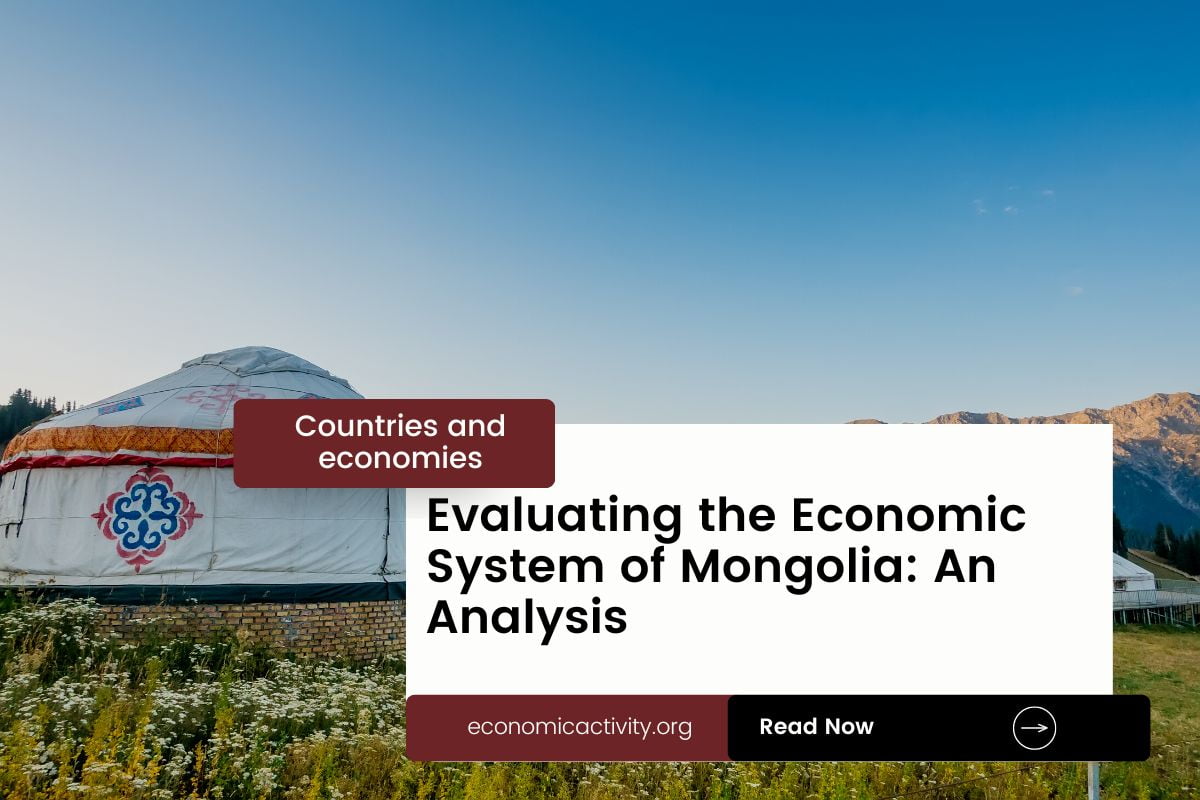What is the economic system of Mongolia? The economy of Mongolia is based on a mixed economy. The country’s economic system combines elements of a market economy and a planned economy.
Mongolia’s economy is heavily dependent on mining, particularly coal, copper, and gold. Agriculture and tourism also play a role but are less significant.
In Mongolia, the economy is composed of a private sector, consisting of individuals and businesses that make autonomous decisions based on self-interest, and a public sector, where the state determines the production and distribution of certain goods and services. No country is purely capitalist or purely communist.
What do the freedom indexes tell about the economic system of Mongolia?
Now, to determine if a country is mostly a market economy or a planned economy, it is useful to examine some economic indexes. For instance, according to the 2022 Index of Economic Freedom, which measures the ability of every human to control his own labor and property, Mongolia is ranked 66th globally and 12th in Asia-Pacific indicating that the country has a moderately free economy.
In a similar way, the 2022 Freedom House index evaluates the state of political rights and civil liberties globally. Generally, market economies tend to align more with democracy and freedom, while command economies tend to be characterized by greater state control and fewer democratic and civil liberty protections. Mongolia gets a score of 84/100, which qualifies it as Free.
Mongolia is a country where the government does not control what people do for political reasons, and people have the freedom to choose (what, how much, and how to produce, whether to buy or not, selling price, etc.)
The Link Between Public Sector Employment and the Economic System of Mongolia
An indicator of the extent to which the State is involved in the economy is the number of public sector employees. In Mongolia, according to ILOSTAT, the number of public sector employees as a percentage of the total workforce is 24.4% (2021).
In the country’s mixed economy, the number of public sector employees as a percentage of the total workforce varies based on the specific policies and practices adopted by the State. Some economic activities are left to the private sector while others are under government control. The bigger the public sector the closer is the economy to being a command economy.
The historical factors that have influenced the economic system of Mongolia
Mongolia’s mixed economy system is the result of market-oriented reforms, state-owned enterprises, and foreign investment. These reforms have allowed for increased economic growth and development, while also providing a safety net for the most vulnerable members of society.
The reforms have also allowed for increased access to capital, improved infrastructure, and increased access to education and healthcare.



Leave a Reply